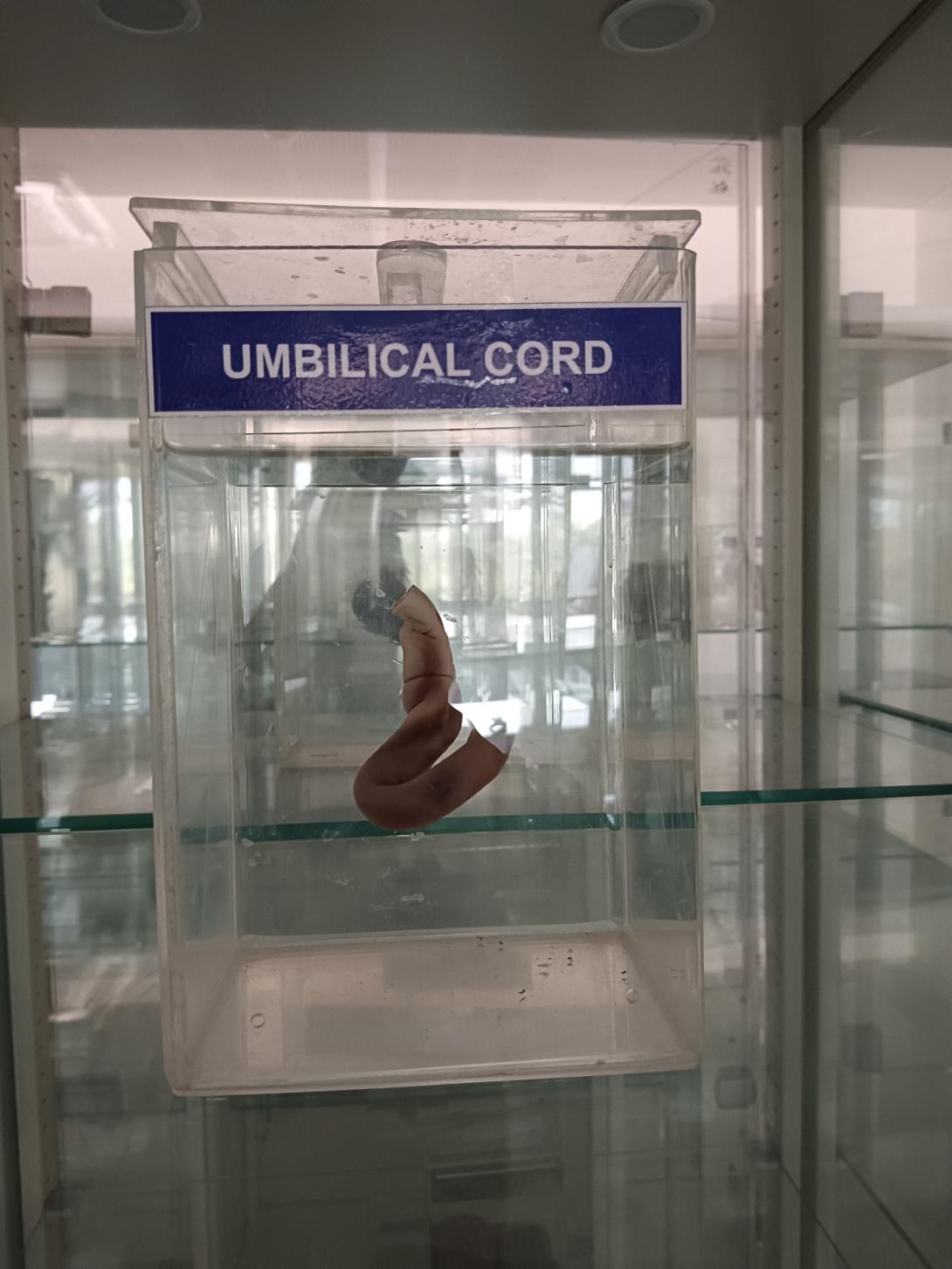The umbilical cord is a flexible cord-like structure that connects the fetus to the placenta in the uterus during pregnancy. Here are some key points about the anatomy of the umbilical cord:
The umbilical cord is approximately 50-60 cm in length and 2 cm in diameter.
It consists of two arteries and one vein encased in a gelatinous substance called Wharton's jelly.
The two arteries carry deoxygenated blood and waste products from the fetus to the placenta, while the vein carries oxygenated blood and nutrients from the placenta to the fetus.
The umbilical cord is surrounded by the amniotic sac, which is a fluid-filled sac that protects the fetus during pregnancy.
The umbilical cord is formed during the first few weeks of fetal development, and it plays a crucial role in the exchange of oxygen, nutrients, and waste products between the mother and fetus.
After birth, the umbilical cord is clamped and cut, leaving a small stump on the newborn's belly button. The stump eventually falls off, leaving a healed belly button.
The umbilical cord blood is rich in stem cells, which can be collected and stored for potential use in medical treatments for various diseases and disorders.
Abnormalities of the umbilical cord, such as nuchal cord (when the cord wraps around the fetal neck) or a true knot, can sometimes occur during pregnancy and may require monitoring or intervention to ensure a safe delivery.

